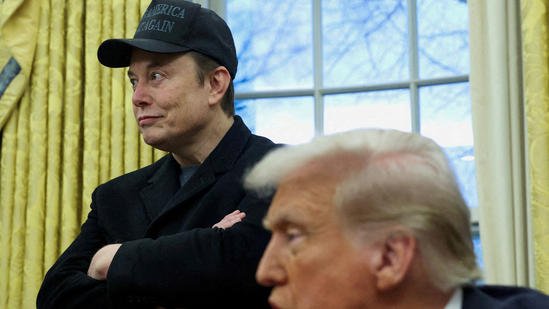U.S. federal judge has blocked the Trump administration’s ambitious plans to carry out mass firings of federal employees, which had been set in motion earlier this year. The ruling, issued in late February 2025, has brought to a halt the controversial proposal that aimed to reduce the size of the federal workforce, a key part of the administration’s broader initiative to streamline government operations. The decision has been met with mixed reactions, from relief among public sector unions to concern from some political figures about the impact on government efficiency.
The Trump Administration’s Plan
The Trump administration’s plan, which was unveiled earlier this year, called for the elimination of thousands of federal jobs across various departments. The proposal was part of a broader set of policies designed to reduce government spending and increase operational efficiency. The administration argued that these cuts were necessary to modernize federal agencies, eliminate bureaucratic inefficiencies, and create a more agile government that could better meet the needs of the American people.
The initiative targeted a range of federal employees, including those working in administrative roles, support staff, and certain professional services across numerous government agencies. The most significant cuts were expected in departments that the administration viewed as inefficient or outdated, such as the Department of Energy, the Environmental Protection Agency (EPA), and the Department of Housing and Urban Development (HUD).
The Trump administration insisted that the mass firings would help reduce wasteful spending and enable the government to operate more efficiently. It also argued that many of the jobs were redundant or unnecessary in the modern era, especially with the increasing reliance on technology and automation.
Legal Challenge and the Judge’s Ruling
The plan quickly faced legal challenges from public sector unions and advocacy groups, who argued that the mass firing initiative was not only harmful to federal workers but also unconstitutional. They contended that the plan violated due process rights by bypassing the established procedures for employee dismissal and that it undermined protections afforded to government workers under federal law.
In a ruling that has sparked significant attention, a federal judge issued an injunction blocking the Trump administration’s plan. The judge cited concerns over the legality of the proposal, particularly its potential violation of worker protections and the absence of due process in the firing procedures. The ruling also noted that the administration had not sufficiently demonstrated that such drastic actions were necessary for improving government efficiency or addressing any specific issues within the federal workforce.
The judge’s decision was met with strong support from public employee unions, who praised the ruling as a victory for federal workers and the principles of fairness and due process. The American Federation of Government Employees (AFGE), one of the largest unions representing federal employees, hailed the decision as a triumph for worker rights and a clear rebuke of an attempt to undermine civil service protections.
“We are pleased that the court has halted this reckless and unlawful proposal,” said a spokesperson for AFGE. “This ruling sends a strong message that federal workers deserve to be treated with dignity and respect, not subjected to arbitrary mass firings.”
Political and Economic Implications
The court’s ruling has significant political implications, particularly in the context of ongoing debates about the size and scope of the federal government. Opponents of the Trump administration’s plan, including many Democratic lawmakers, have long criticized the president’s approach to government reform, arguing that it would disproportionately harm working-class Americans and destabilize essential government services.
Supporters of the administration’s plans, however, argue that reducing the size of the federal workforce is necessary for reducing the national deficit and making government more efficient. They contend that the bureaucracy in Washington has grown bloated over the years and that many federal employees could be replaced with more cost-effective technological solutions.
Economists have also weighed in on the potential impact of mass firings on the broader economy. While some suggest that eliminating government jobs could reduce the federal budget deficit, others warn that it could have negative consequences for the economy, particularly in regions that depend on government employment. A reduction in the number of federal workers could lead to higher unemployment rates and potentially slow economic recovery in some areas.
The Road Ahead
Following the judge’s ruling, the Trump administration has indicated that it will appeal the decision, suggesting that the issue is far from settled. The administration may seek a higher court’s intervention to lift the injunction and proceed with its plan. However, legal experts suggest that it may be difficult to overturn the judge’s ruling, especially given the concerns raised about the constitutionality of the proposed mass firings.
For now, federal employees who were at risk of losing their jobs can breathe a sigh of relief, but the future of federal workforce reform remains uncertain. The legal battle is likely to continue for some time, as both sides prepare for what could be a protracted court fight over the fate of the federal government’s staffing levels.
The ultimate outcome of this case could have lasting implications for the Trump administration’s broader agenda and the future of the federal workforce, particularly as the government grapples with the balance between efficiency and the rights of its employees.

